Filter by
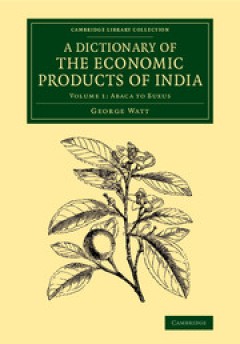
A Dictionary of the Economic Products of India
A Scottish doctor and botanist, George Watt (1851–1930) had studied the flora of India for more than a decade before he took on the task of compiling this monumental work. Assisted by numerous contributors, he set about organising vast amounts of information on India's commercial plants and produce, including scientific and vernacular names, properties, domestic and medical uses, trade statis…
- Edition
- -
- ISBN/ISSN
- 9781107239173
- Collation
- -
- Series Title
- Cambridge Library Collection - Botany and Horticulture
- Call Number
- -
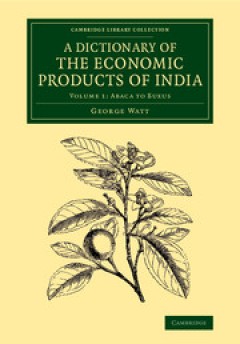
A Dictionary of the Economic Products of India
A Scottish doctor and botanist, George Watt (1851–1930) had studied the flora of India for more than a decade before he took on the task of compiling this monumental work. Assisted by numerous contributors, he set about organising vast amounts of information on India's commercial plants and produce, including scientific and vernacular names, properties, domestic and medical uses, trade statis…
- Edition
- -
- ISBN/ISSN
- 9781107239180
- Collation
- -
- Series Title
- -
- Call Number
- -
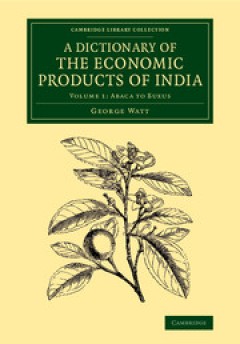
A Dictionary of the Economic Products of India
A Scottish doctor and botanist, George Watt (1851–1930) had studied the flora of India for more than a decade before he took on the task of compiling this monumental work. Assisted by numerous contributors, he set about organising vast amounts of information on India's commercial plants and produce, including scientific and vernacular names, properties, domestic and medical uses, trade statis…
- Edition
- -
- ISBN/ISSN
- 9781107239142
- Collation
- -
- Series Title
- Cambridge Library Collection - Botany and Horticulture
- Call Number
- -

Making Technology Masculine Men, Women, and Modern Machines in America, 1870…
Het zal weinig opzien baren wanneer technologie als 'mannelijk' wordt gekwalificeerd, maar de stelling dat deze uitspraak historisch bepaald en pas sinds kort 'waar' is, zal meer stof doen opwaaien. Making Technology Masculine brengt in kaart op welke wijze mannen beslag legden op de technologie als hun exclusieve domein en onderzoekt hoe vrouwen dit mannelijke overwicht op alternatieve wijze p…
- Edition
- -
- ISBN/ISSN
- 9789053563816
- Collation
- -
- Series Title
- -
- Call Number
- -

A Dictionary of Botanical Terms
John Stevens Henslow (1796–1861) was a botanist and geologist. As teacher, mentor and friend to Charles Darwin, it was his introduction that secured for Darwin the post of naturalist on the voyage of the Beagle. While Professor of Botany, Henslow established the Cambridge University Botanic Garden as a resource for teaching and research. Students were encouraged to examine plant specimens car…
- Edition
- -
- ISBN/ISSN
- 9780511701542
- Collation
- -
- Series Title
- Cambridge Library Collection - Botany and Horticulture
- Call Number
- -
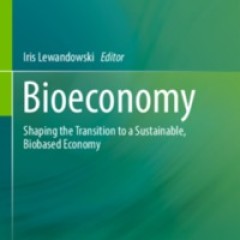
Bioeconomy: Shaping the Transition to a Sustainable, Biobased Economy
This book defines the new field of "Bioeconomy" as the sustainable and innovative use of biomass and biological knowledge to provide food, feed, industrial products, bioenergy and ecological services. The chapters highlight the importance of bioeconomy-related concepts in public, scientific, and political discourse. Using an interdisciplinary approach, the authors outline the dimensions of the …
- Edition
- -
- ISBN/ISSN
- 978-3-319-68152-8
- Collation
- -
- Series Title
- -
- Call Number
- 630

Applied Soil Physical Properties, Drainage, and Irrigation Strategies
The book is a realistic blend of basic knowledge and understanding in soil physical properties. It will enable the reader to scientifically analyze soils to develop practical and successful means of providing sufficient drainage and to develop science-based irrigation strategies. Only basic mathematical knowledge is necessary to understand and apply the proven principles covered. With limited r…
- Edition
- Ed. 1
- ISBN/ISSN
- 978-3-319-24226-2
- Collation
- XX, 314
- Series Title
- -
- Call Number
- 630 MCC a

Food Security and Food Safety for the Twenty-First Century
This book is a collection of selected papers that were presented at the First International Conference of the Asia-Pacific Society for Agricultural and Food Ethics (APSAFE 2013), which was held at Chulalongkorn University from November 28 – 30, 2013. The papers are interdisciplinary, containing insights into food security and food ethics from a variety of perspectives, including, but not limi…
- Edition
- -
- ISBN/ISSN
- 978-981-287-417-7
- Collation
- XI, 333 hlm.
- Series Title
- -
- Call Number
- -
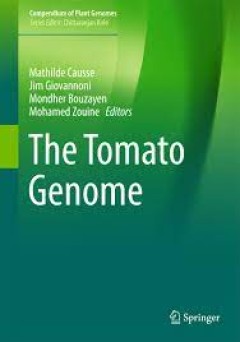
The Tomato Genome
This book describes the strategy used for sequencing, assembling and annotating the tomato genome and presents the main characteristics of this sequence with a special focus on repeated sequences and the ancestral polyploidy events. It also includes the chloroplast and mitochondrial genomes. Tomato (Solanum lycopersicum) is a major crop plant as well as a model for fruit development, and the av…
- Edition
- -
- ISBN/ISSN
- 978-3-662-53389-5
- Collation
- -
- Series Title
- -
- Call Number
- -
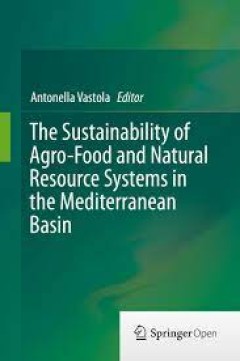
The Sustainability of Agro-Food and Natural Resource Systems in the Mediterra…
This book is focused on the challenges to implement sustainability in diverse contexts such as agribusiness, natural resource systems and new technologies. The experiences made by the researchers of the School of Agricultural, Forestry, Food and Environmental Science (SAFE) of the University of Basilicata offer a wide and multidisciplinary approach to the identification and testing of differ…
- Edition
- -
- ISBN/ISSN
- 978-3-319-16357-4
- Collation
- -
- Series Title
- -
- Call Number
- -
 Computer Science, Information & General Works
Computer Science, Information & General Works  Philosophy & Psychology
Philosophy & Psychology  Religion
Religion  Social Sciences
Social Sciences  Language
Language  Pure Science
Pure Science  Applied Sciences
Applied Sciences  Art & Recreation
Art & Recreation  Literature
Literature  History & Geography
History & Geography